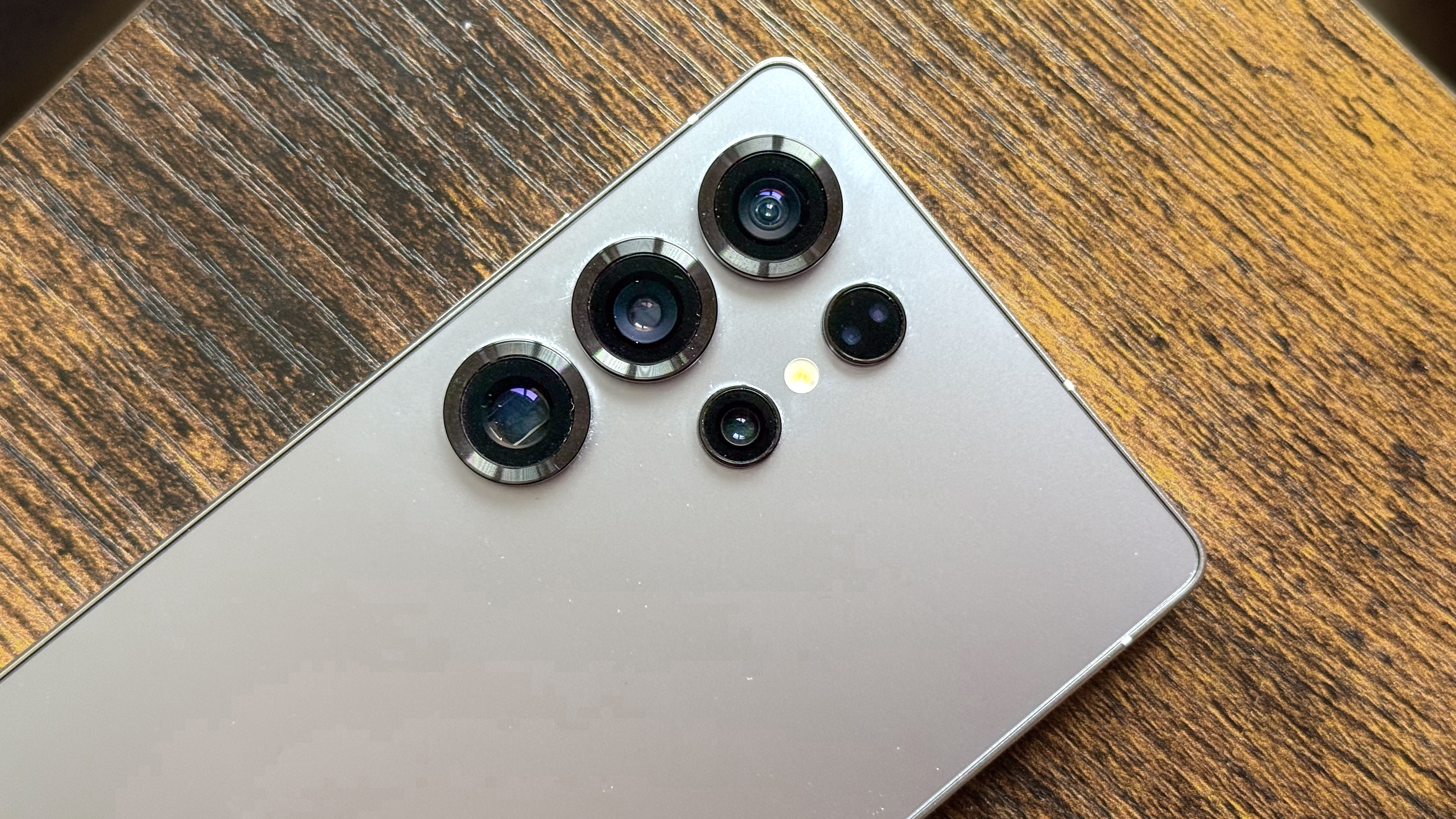7 best smart glasses of CES 2025
Here are the best smart glasses we found at CES 2025
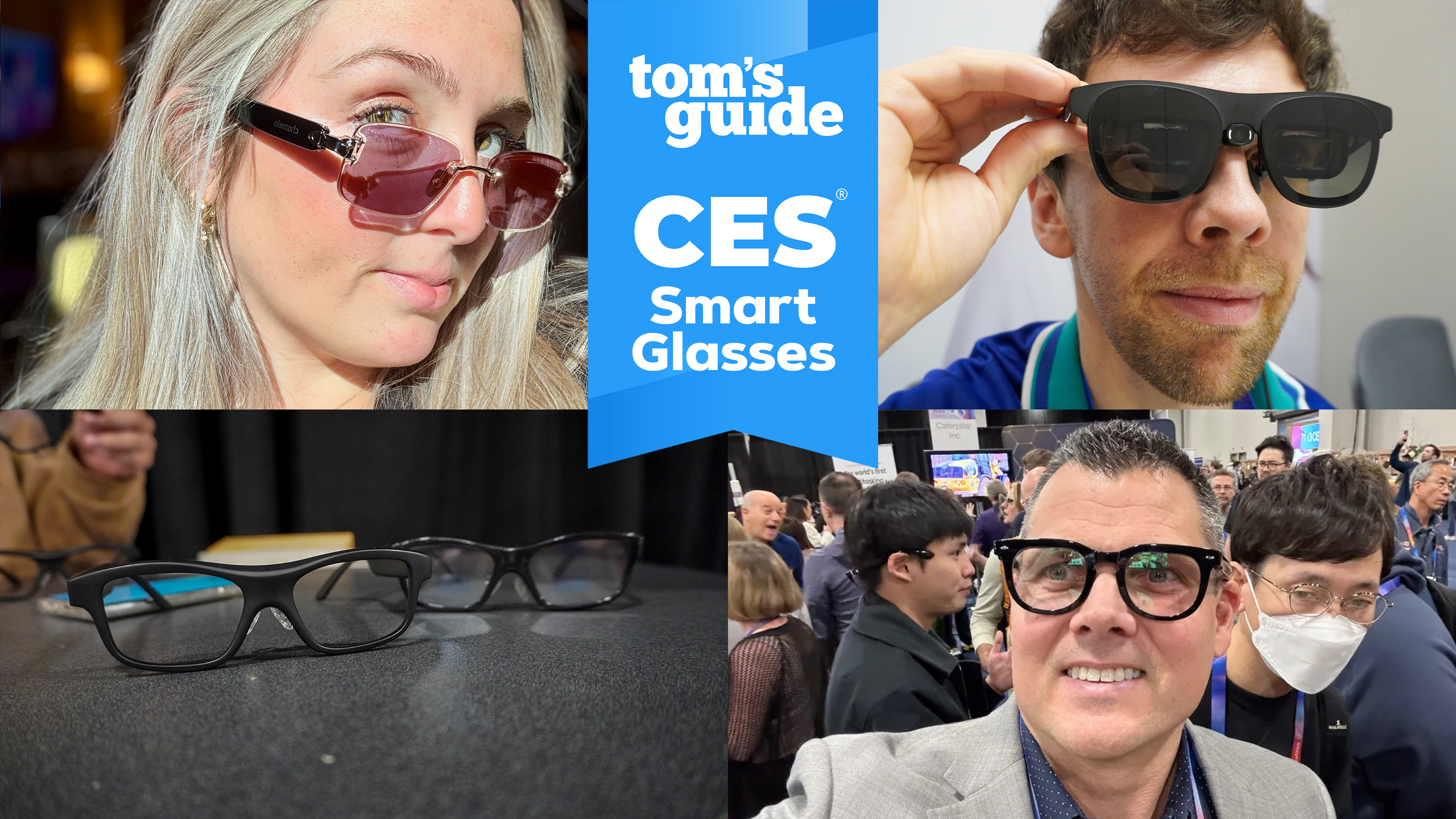
CES 2025 has been a significant one for smart glasses — so much so that I’m confident at least a couple of these will adorn our list of the best smart glasses (provided they play their cards right).
You see, that’s because there’s been significant innovation in both the Micro OLED technology used to project imagery onto AR glasses, combined with the silicon needed to take the idea of spatial computing in a pair of specs to a new level.
On top of that, AI has moved forward — bringing fast enough response times to unlock rather useful features in something as instantly wearable as a pair of glasses. And out of the many we smart glasses we tried at the world’s biggest tech convention, seven stood out.
Xreal One Pro
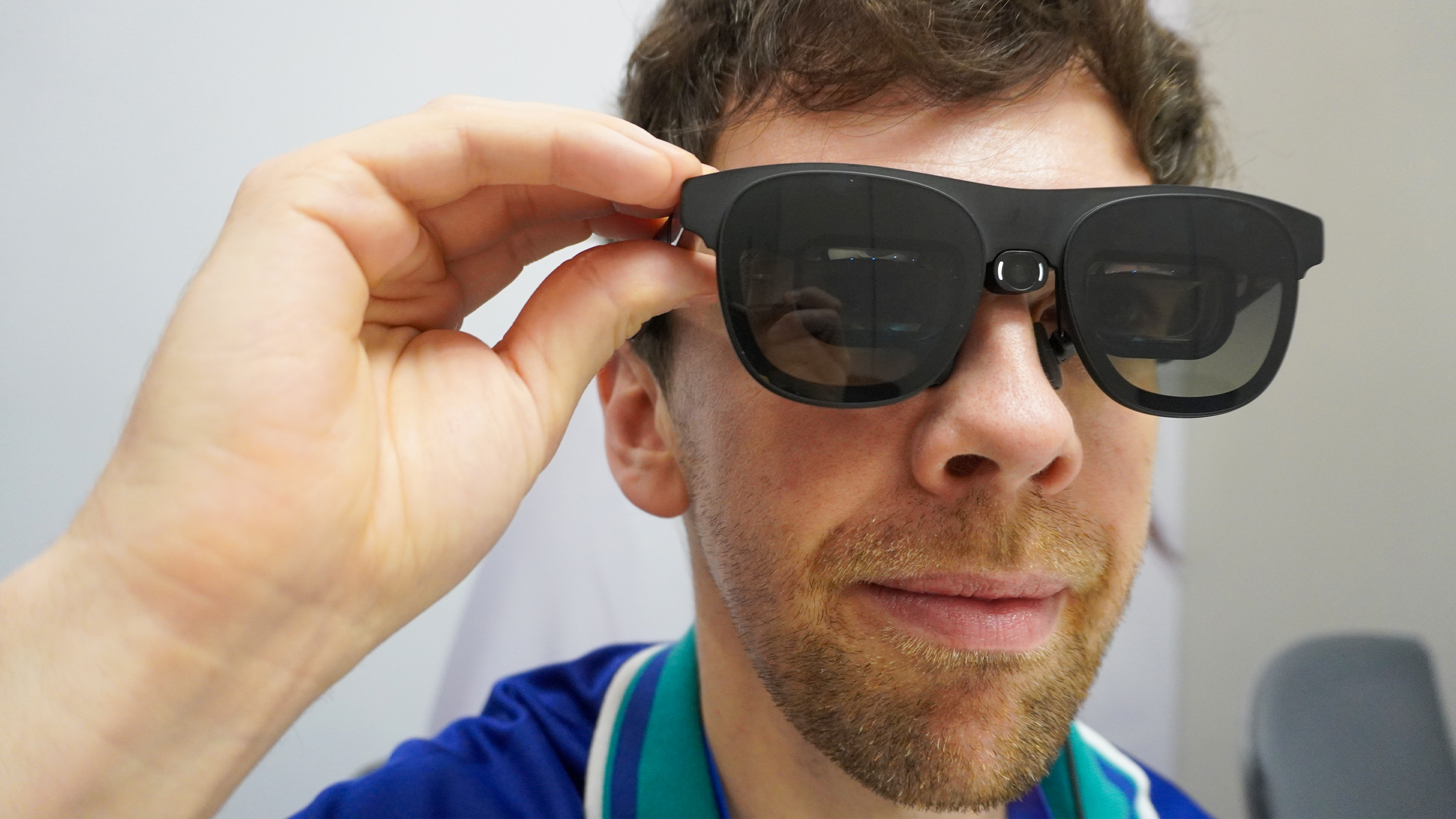
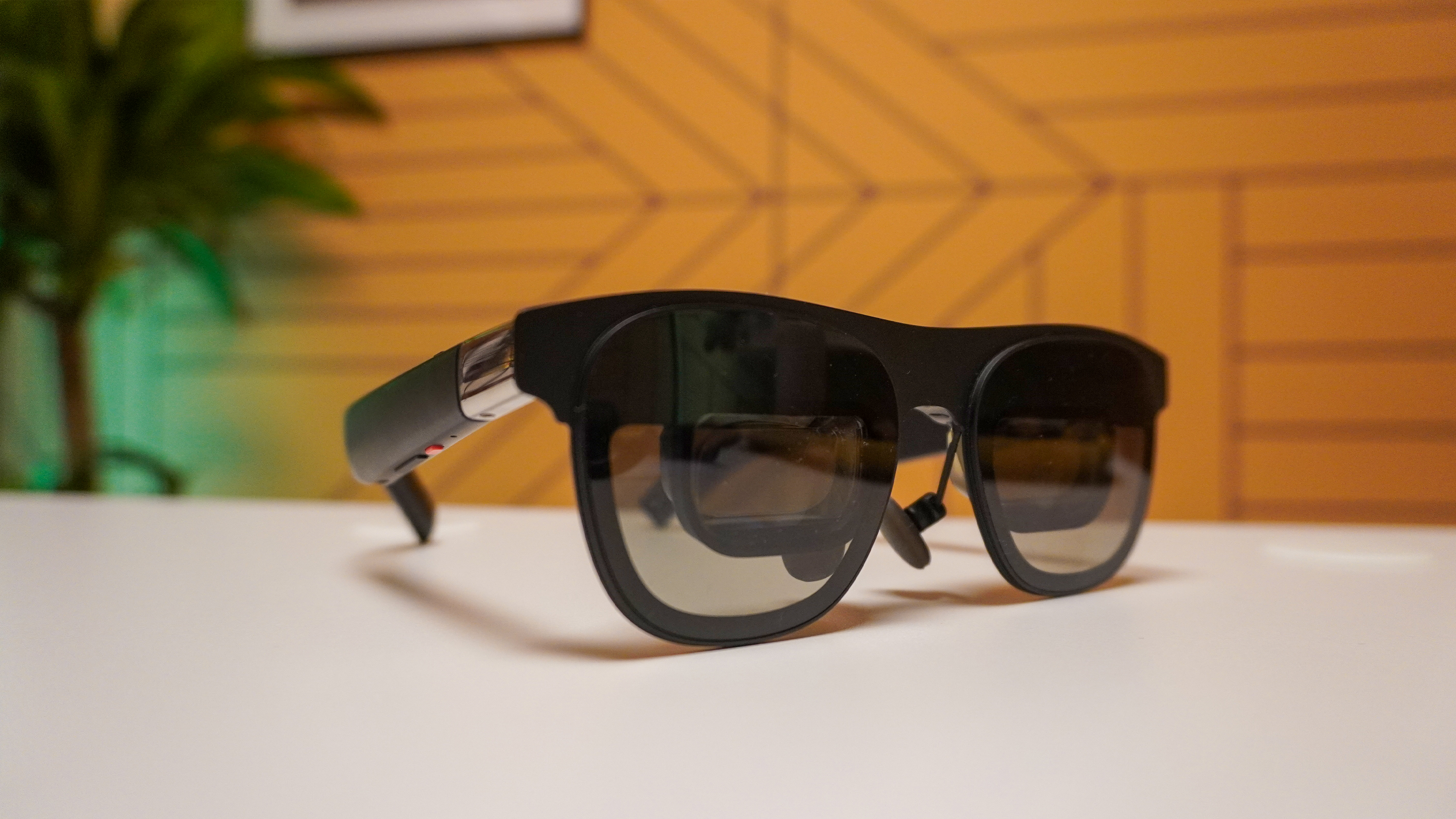
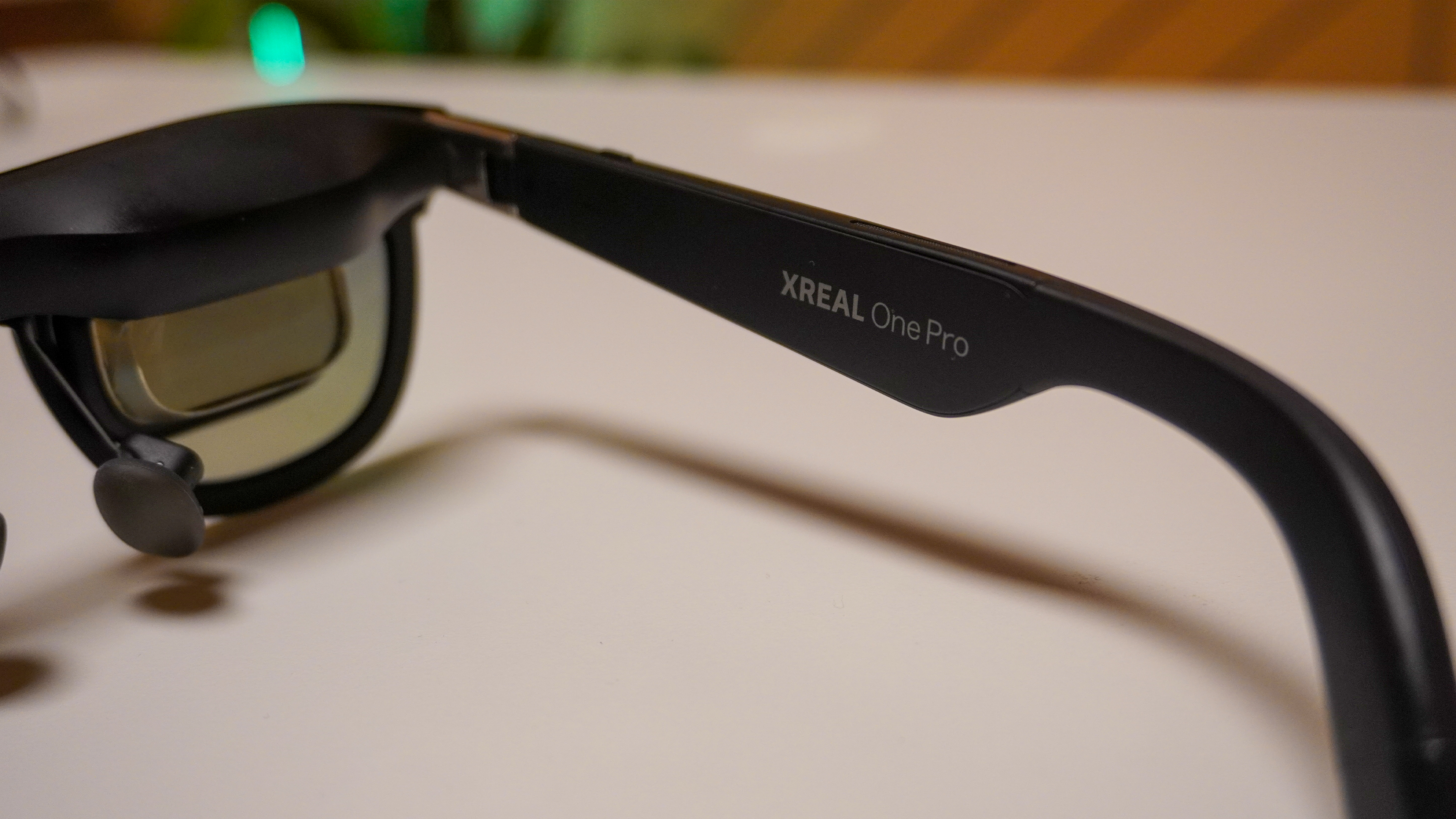
The Xreal One Pro is easily the next generation of AR glasses hardware. So far, we’ve been used to what’s called “bird bath” prisms. That’s the giant chunk of glass you see hiding behind the lenses of most of the AR glasses.
With One Pro, Xreal has made the move over to a smaller, flatter prism. At first, I thought that would compromise the already impressive specs of the original Xreal One. But instead, you’re getting a higher quality screen in a tinier package.
Turns out smaller can be better — a far larger simulated display at up to 200 inches with zero edge blurring, and the widest field of views I’ve seen in specs at 57 degrees. This limits the amount of head turning you need to do for that ultrawide panel that the onboard X1 chip can simulate on the glasses themselves. — Jason England
Halliday Glasses

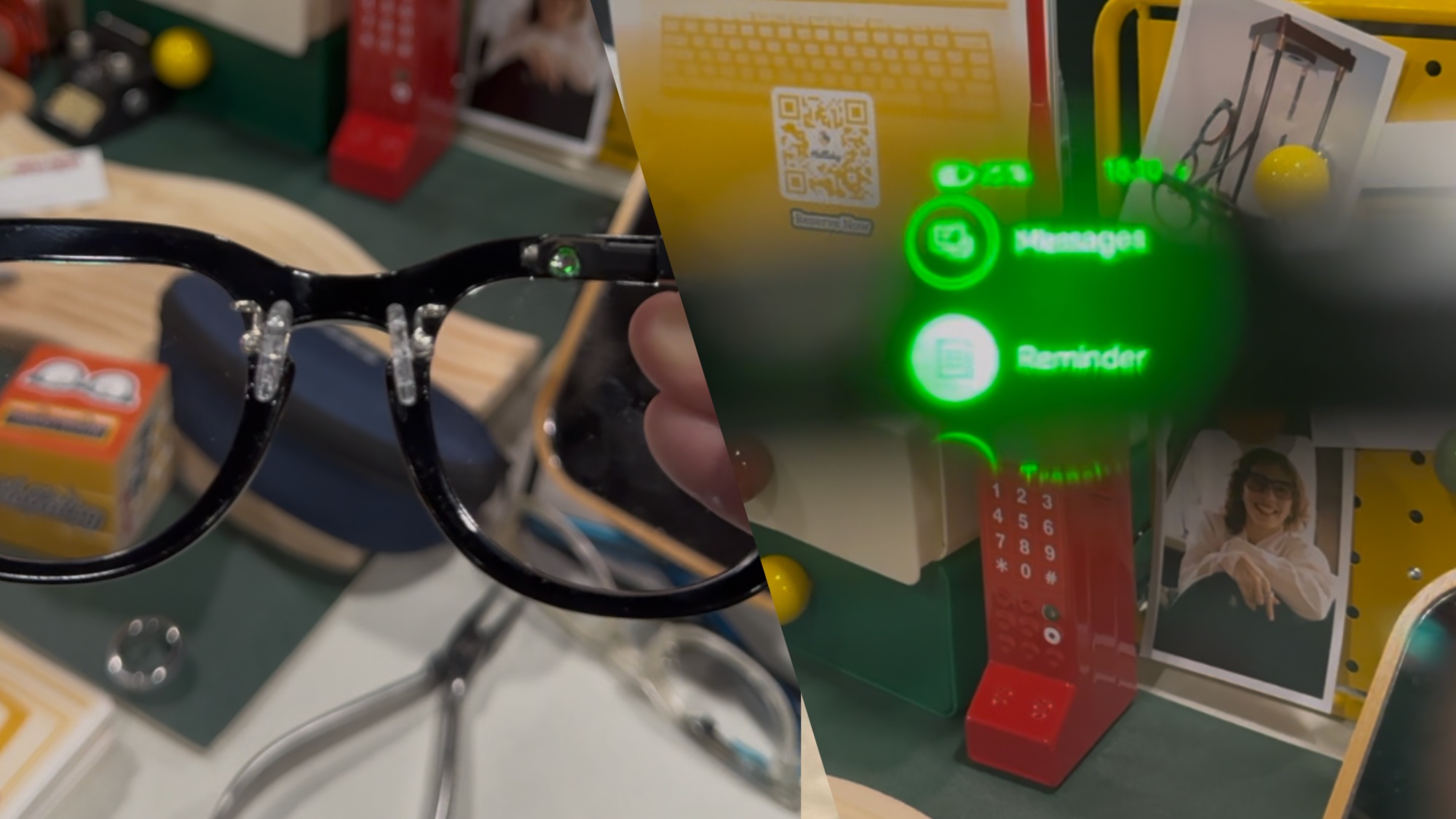
The Halliday smart glasses are unlike anything we’ve seen yet, because they’re not about AR. They feature a unique near-eye display module that projects info right into your natural field of vision in a super lightweight design.
Sign up to get the BEST of Tom's Guide direct to your inbox.
Get instant access to breaking news, the hottest reviews, great deals and helpful tips.
I got a chance to try these glasses out at CES which will cost $489 — and they can deliver bits of handy information on the fly to the 3.5-inch screen in the upper right corner. This includes everything from real-time translations and a teleprompter mode to proactive intelligence, factchecking the conversations you’re having on the fly.
The Halliday glasses have a fun side, too, with the ability to display lyrics while playing music. These smart glasses are not cheap, but I give Halliday props for trying something different with a more peripheral vision-based approach to smart glasses. — Mark Spoonauer
Captify smart glasses
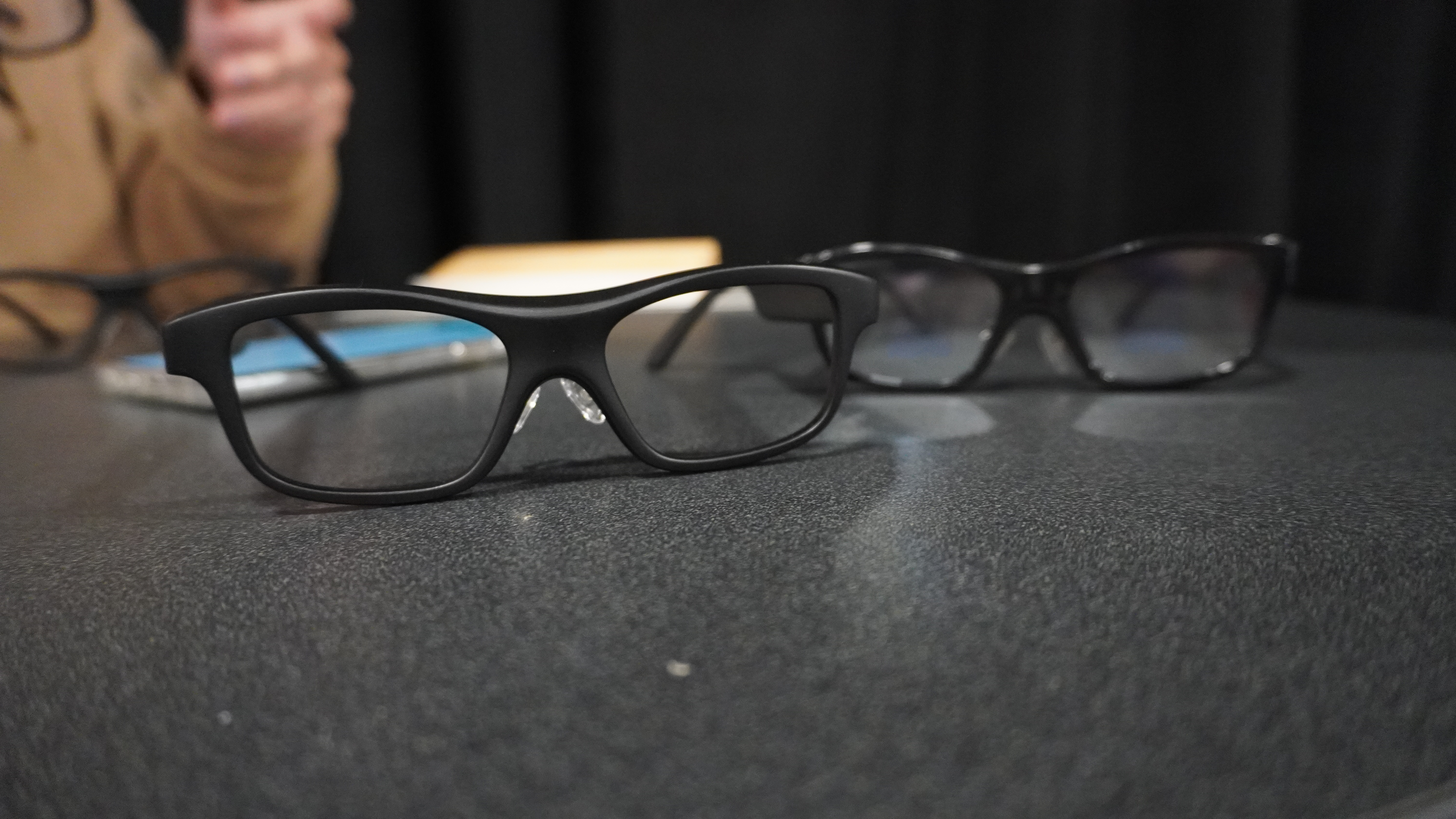
At the moment, AI glasses are either a middle-of-the-road mix of all features, or they specialize in something and do it well. Captify glasses are the latter, and perfect for frequent flyers who need a little help with foreign languages.
With dual beamforming microphones, all you have to do is look directly at the person you’re listening to, and their speech is transcribed. All the translation work is done via your phone connected by bluetooth, and (here’s the special sauce), the projected display shows bright and crisp subtitles of everything the person is saying.
This kind of real-time translation is a large step forward from having to wait for an audio cue to know what the other person is saying, and this is all packed into a pair of impressively unassuming glasses with a premium aesthetic. — Jason England
Loomos AI Glasses

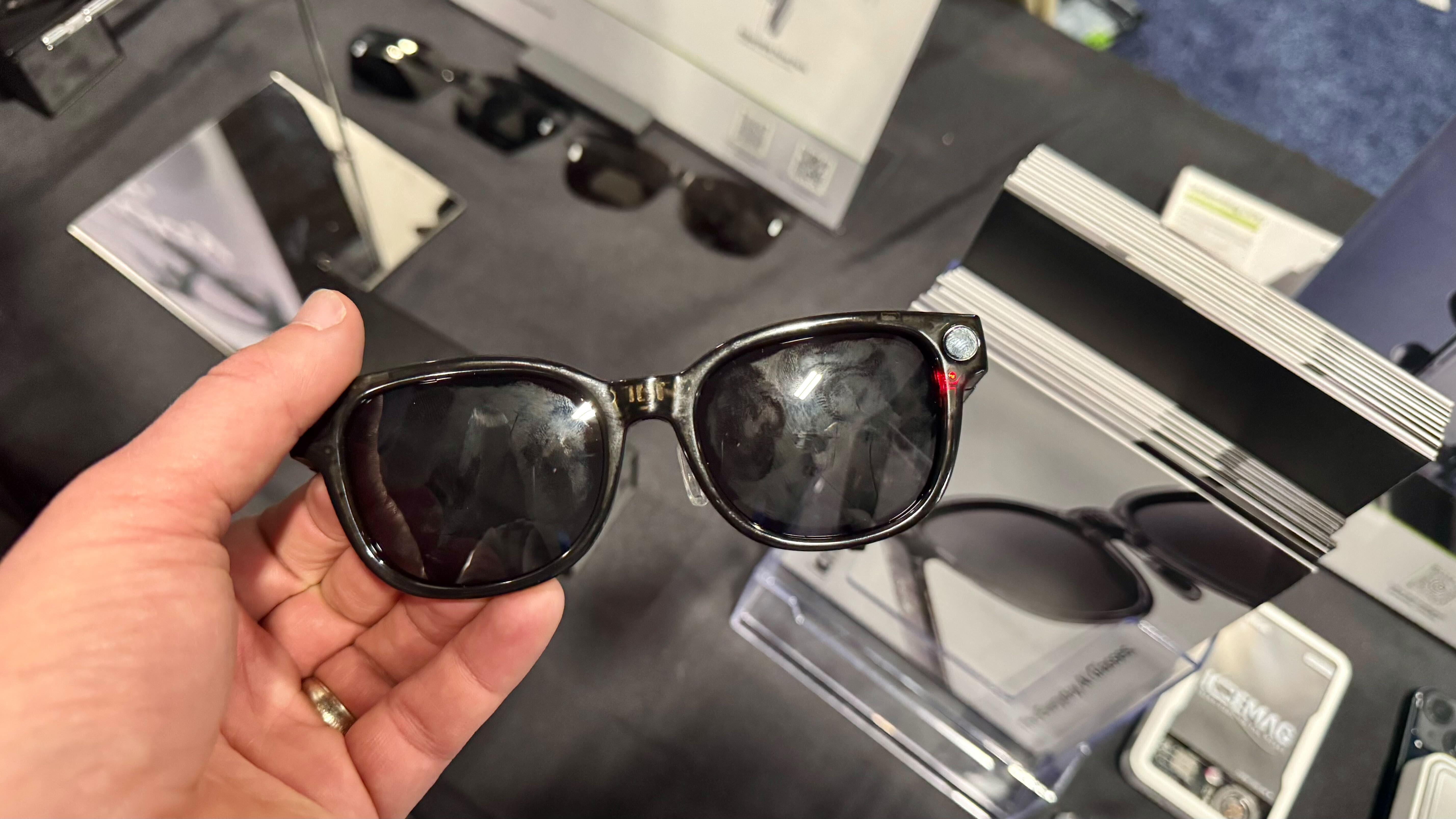
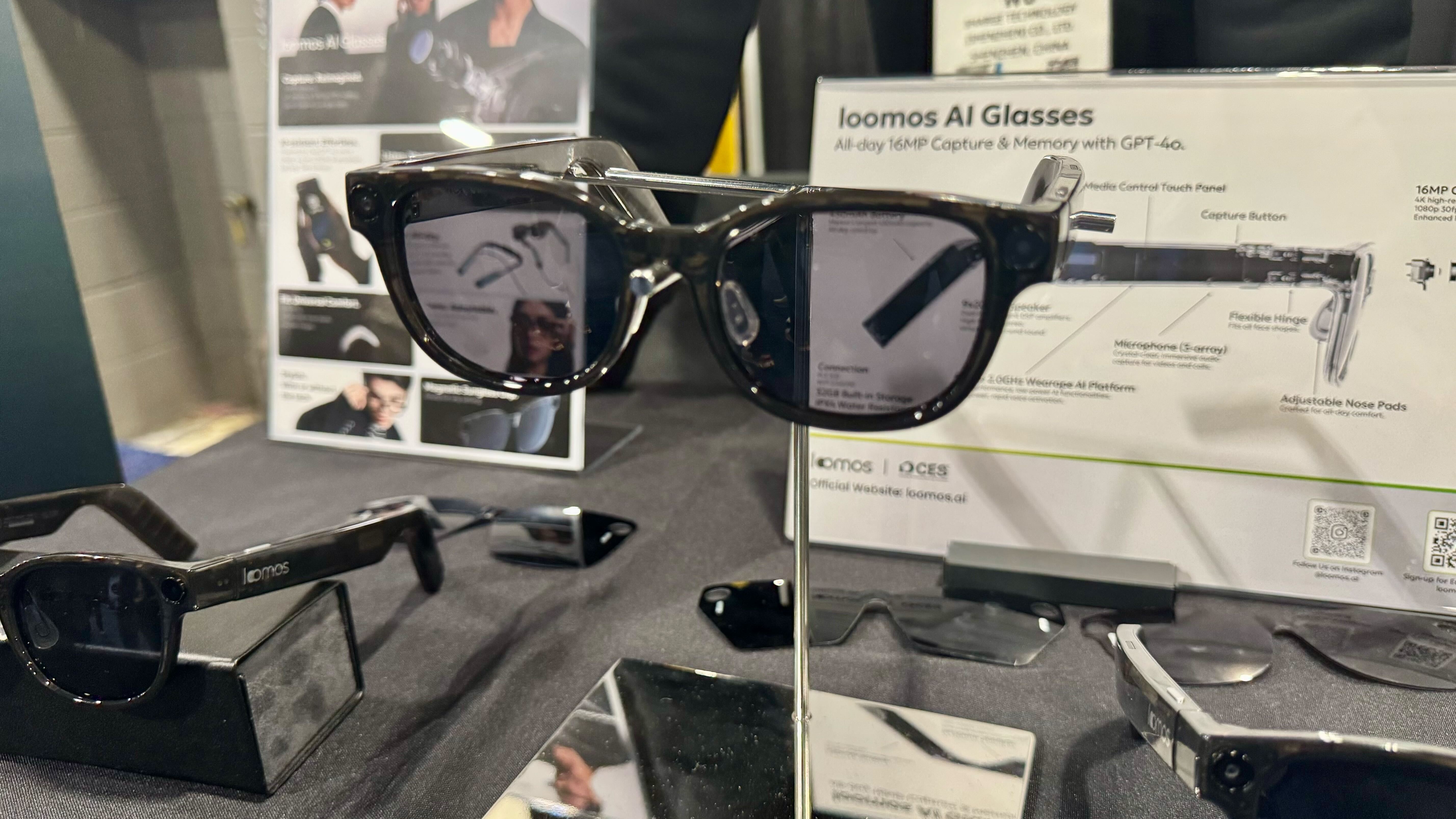
Loomos seems to have the Ray-Ban Meta Glasses directly in its crosshairs. These smart glasses promises a 16MP camera up from 12MP on the Ray-Bans.
And if you’re not a fan of Meta AI, the Loomos glasses will have ChatGPT support built in. The battery life also seems promising with the 450 mAh battery, which is supposedly 3x longer than the competition with up to 40 hours of standby time.
Just keep in mind that you’re need a Wi-Fi connection on the go, so you’ll have to use your phone as a hotspot. The best part could be the price, which should be under $200. — Mark Spoonauer
TCL RayNeo X3 Pro


I got to try RayNeo X3 Pro at the TCL booth here at CES, and I’ll say that they show potential but are also rough around the edges at this early stage.
On the plus side, the microLED waveguide display is quite bright, and it was cool being able to check out the real-time translation demo from Chinese to English.
These specs are also super light at only 3 ounces, and they look just like regular glasses when they’re on your face — with the exception of a camera in the center of the two frames. We don’t have word on official battery life numbers yet, but RayNeo says these glasses will go on sale in July for around $1,500. — Mark Spoonauer
Chamelo Aura
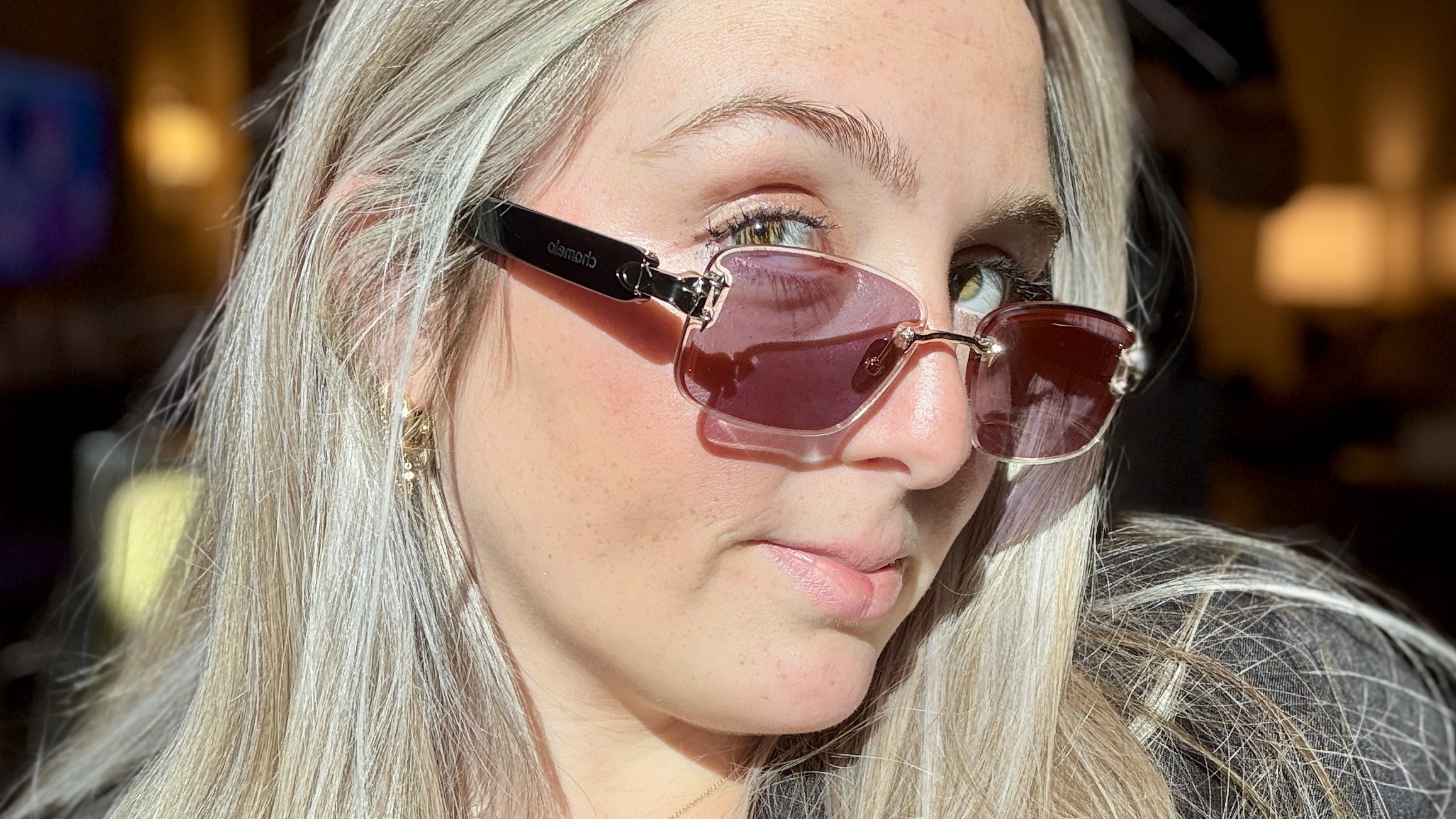
Although the Chamelo Aura color-changing frames aren’t technically new, and they’re also not technically smart in the same way as the rest of the glasses on this list, they’re one of the most amusing wearables I checked out at CES 2025.
Starting at $385, these glasses have a small button on the side that when tapped, triggers the prismatic lenses to cycle through four color options. You can see what I mean in this TikTok of me trying them out.
You’ll get up to 47 hours of color-changing battery life, IPX4 water resistance, and now starting in 2025, the ability to purchase the Aura glasses with prescription lenses. Chamelo makes tint glasses in different frame styles as well as versions with Bluetooth audio support if that’s more your speed, and I expect we’ll see some cool updates from the brand later this year. — Kate Kozuch
Inair Glasses
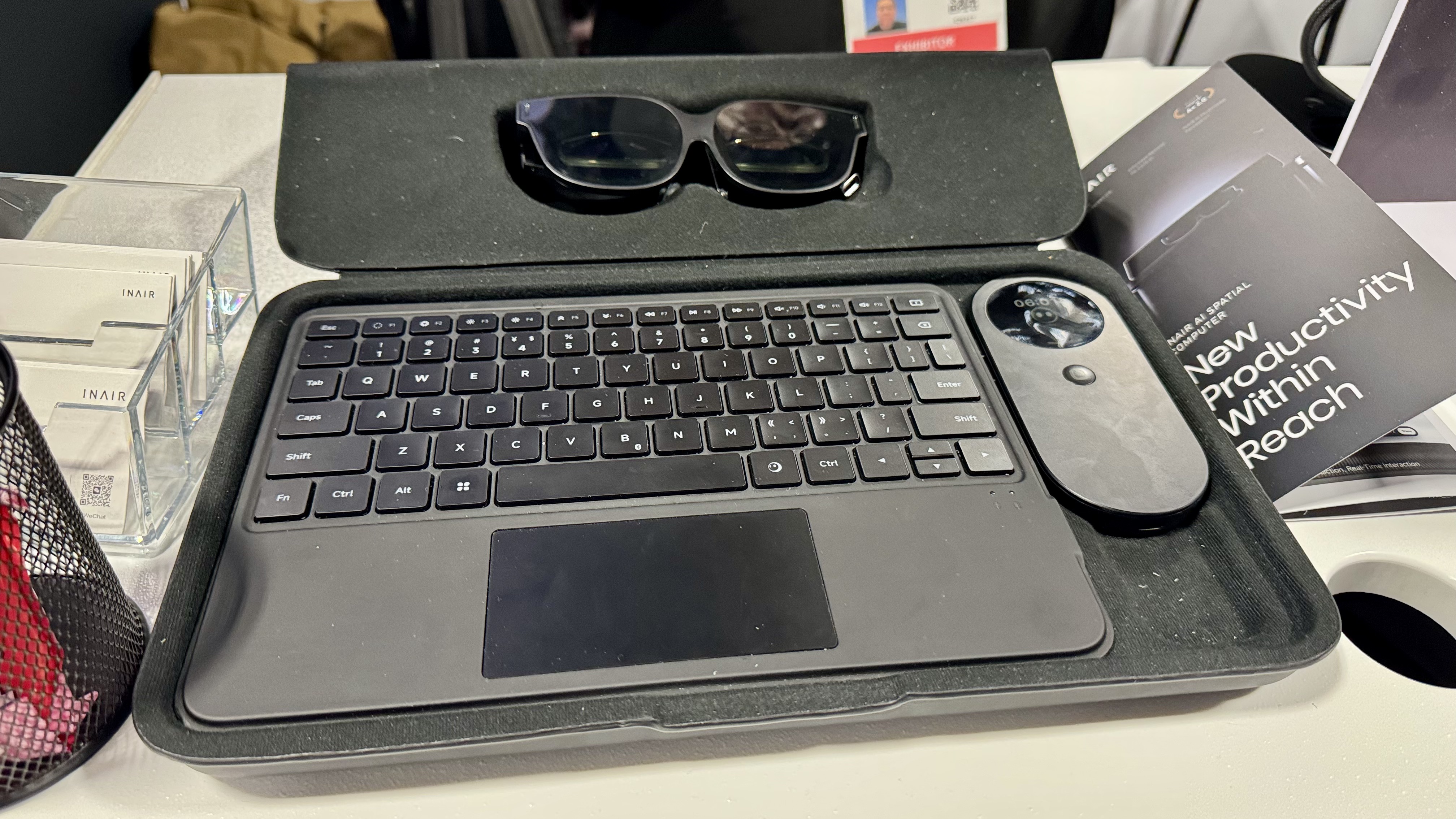

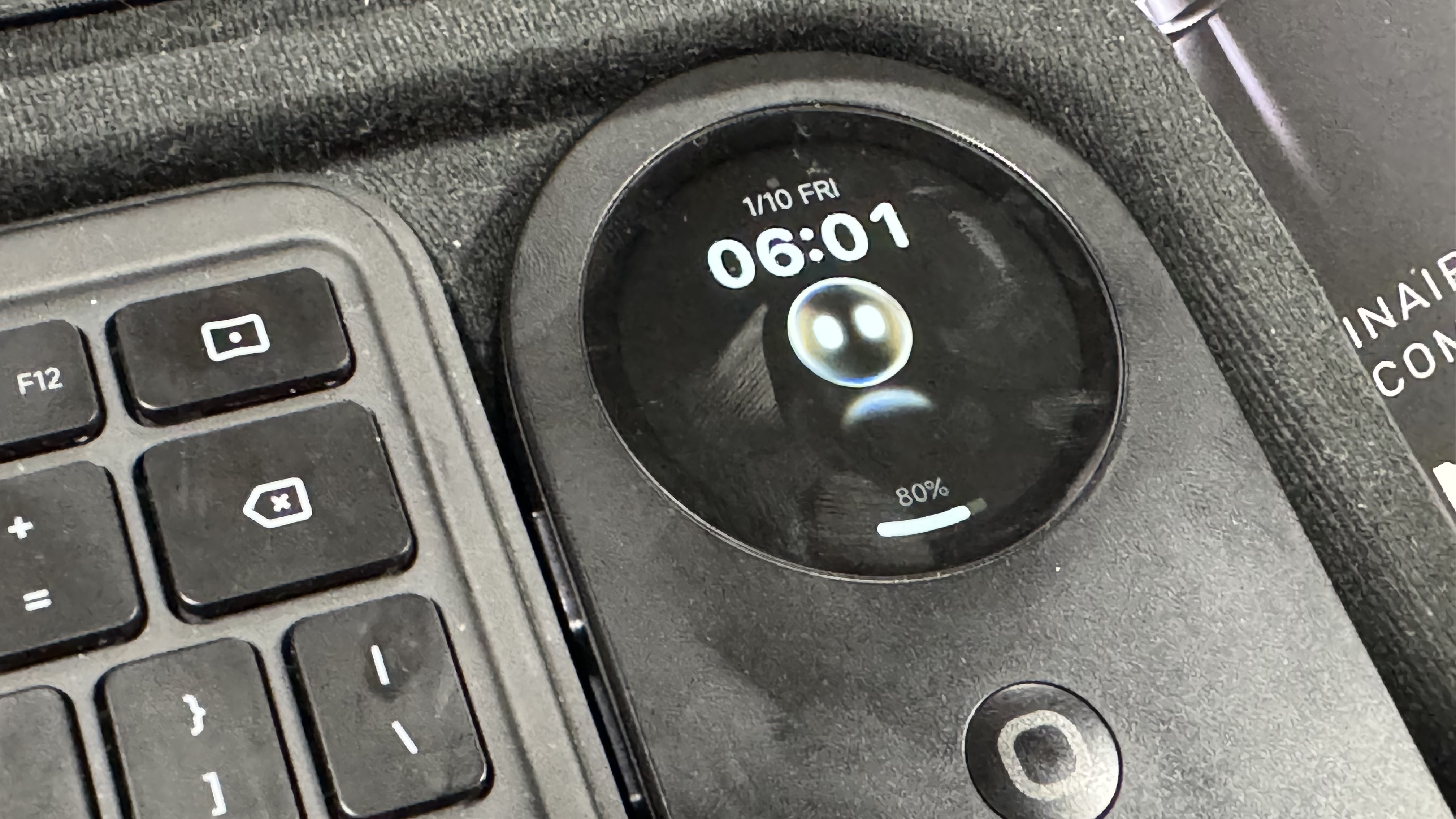
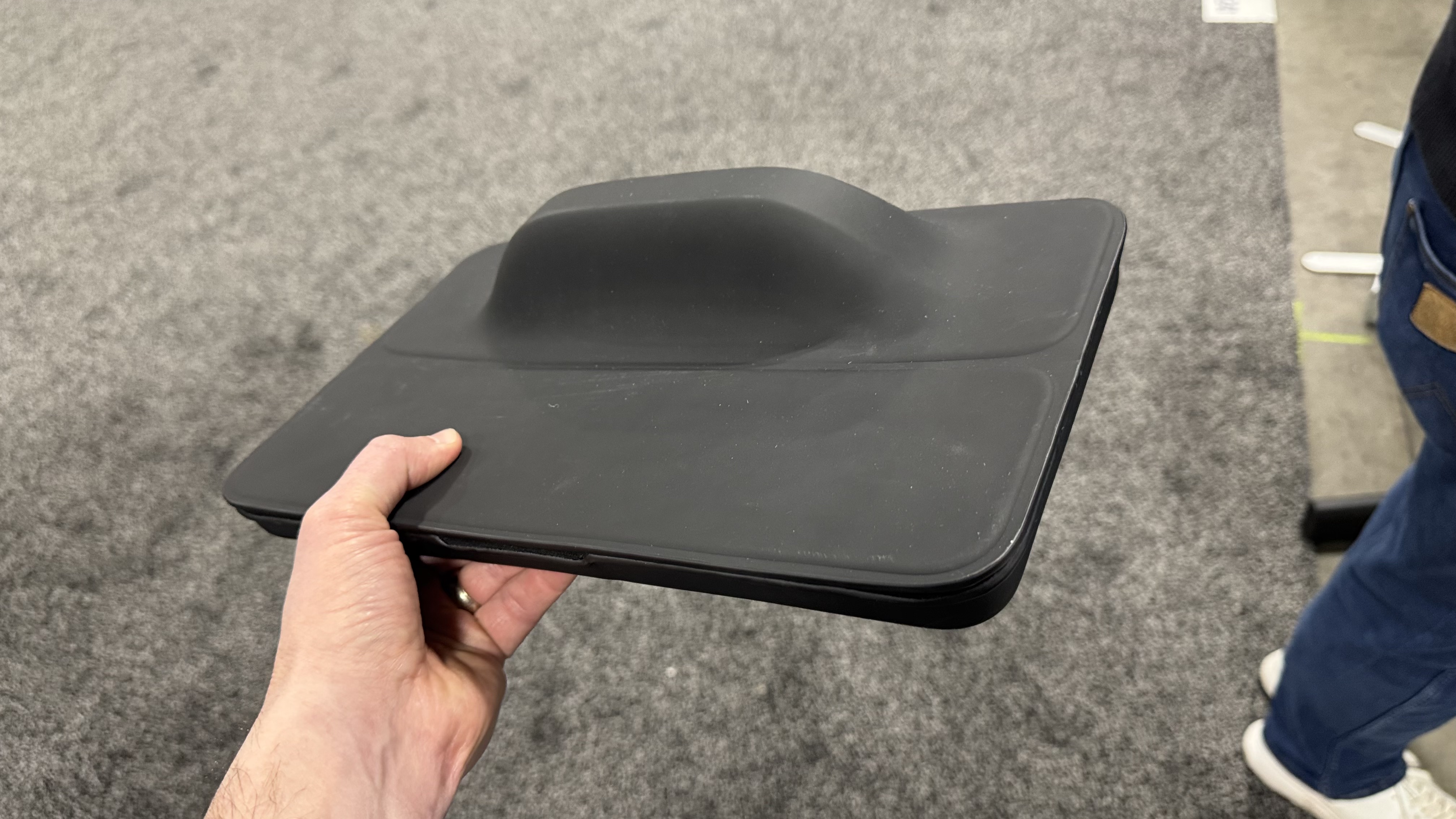
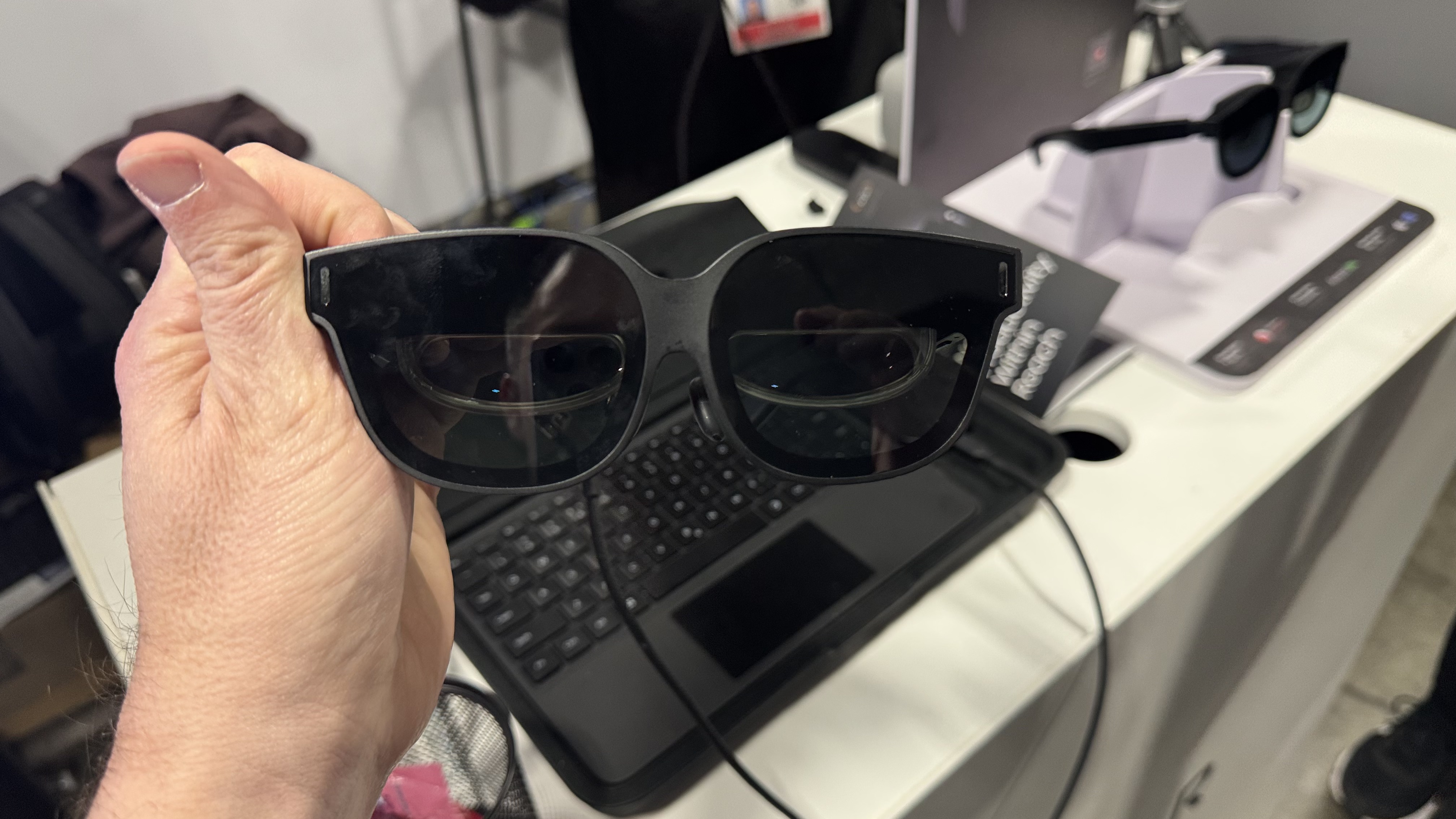
The Inair Glasses are pretty unique in that it's a spatial computer in itself. Powered by Android, the Inair glasses give you the equivalent of a 134-inch virtual screen in front of you and the ability to run up to six adjustable windows at once. Just keep in mind that the field of view is limited at 46 degrees. I had to move my head a lot to see all the open windows.
The package also includes a Bluetooth keyboard, as well as the Inair Pod, which is the AI-powered computing hub. To navigate, you can use a touchpad-like surface on the hub or the touchpad on the keyboard. What if you're not a great touch typist? You can adjust the transparency of the display in the glasses using touch controls on the arm of the specs.
The battery life is said to be 4 hours and the price around $800. The Inair Glasses should ship around March, and we look forward to testing it out.
More from Tom's Guide

Jason brings a decade of tech and gaming journalism experience to his role as a Managing Editor of Computing at Tom's Guide. He has previously written for Laptop Mag, Tom's Hardware, Kotaku, Stuff and BBC Science Focus. In his spare time, you'll find Jason looking for good dogs to pet or thinking about eating pizza if he isn't already.
